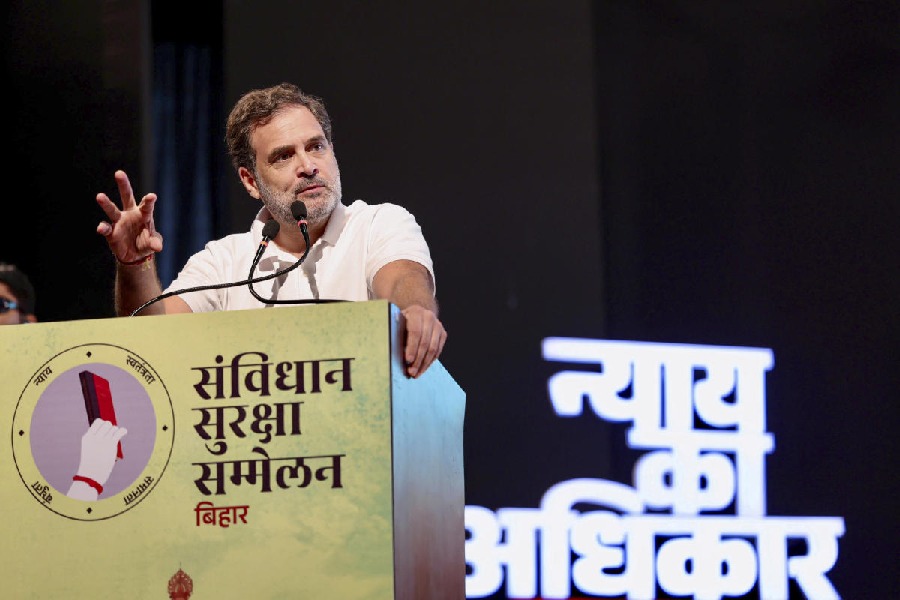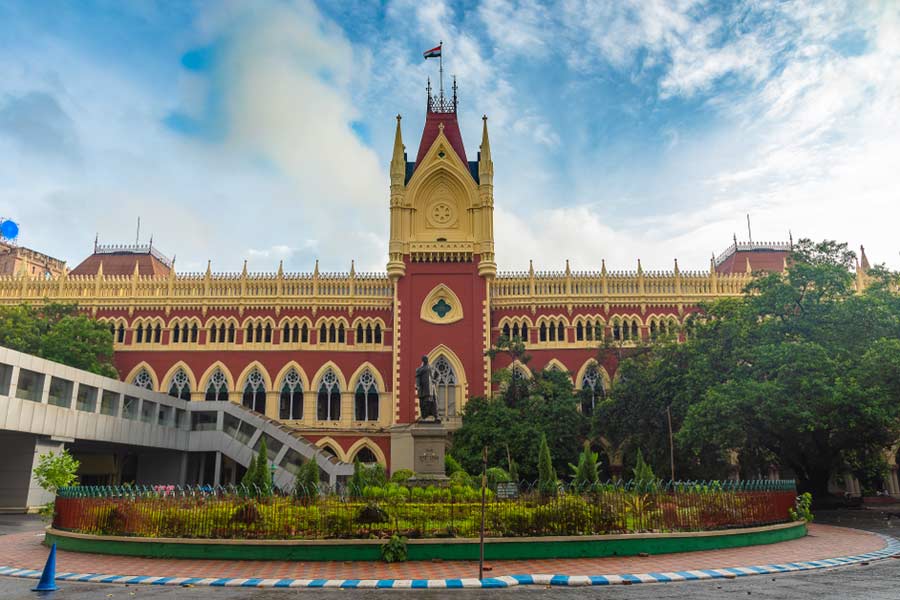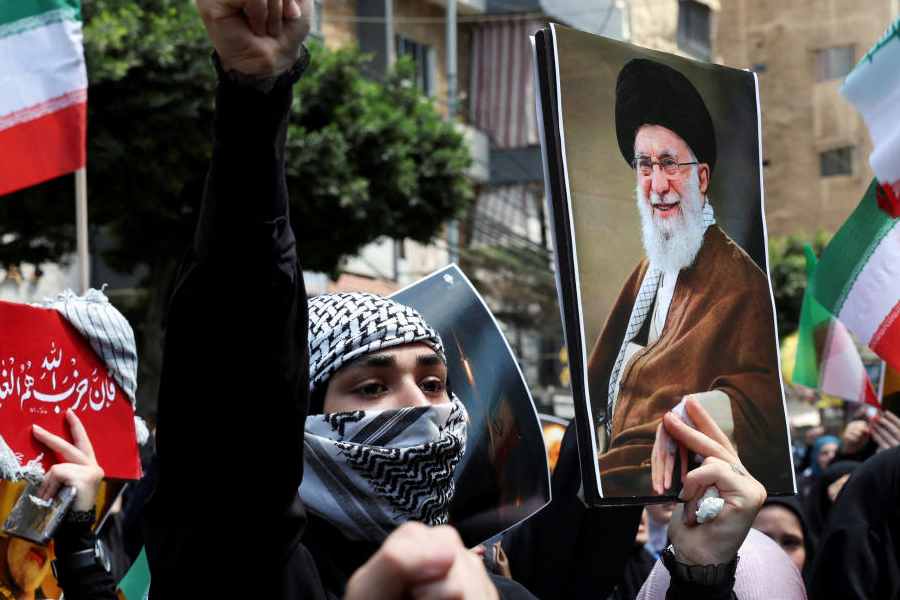New Delhi, Aug. 30: India’s Chandrayaan-2 spacecraft planned to be launched in 2013 will carry an orbiter, a Russia-made lunar-lander, and a rover designed to explore the moon’s surface, the Indian Space Research Organisation (Isro) announced today.
The second lunar mission will carry five scientific instruments aboard the orbiter and two on the rover, all developed in Isro laboratories, the space agency said.
Chandrayaan-1, launched in October 2008, had carried five Indian and six foreign payloads.
The mission will continue some studies initiated by Chandrayaan-1, which suffered instrument failures and was declared by Isro as lost to science in August 2009. The instruments on the new orbiter will map elements, look for water, and study the moon’s exosphere.
Three of the five science payloads on the orbiter are new, while two are improved versions of those flown on Chandrayaan-1.
Chandrayaan-2 will weigh 2,650kg at lift-off — twice as heavy as Chandrayaan-1 — and will be ferried into space aboard the Geosynchronous Satellite Launch Vehicle (GSLV), India’s largest rocket that is yet to be indigenised through a home-grown cryogenic engine technology.
Although Isro has launched successful GSLV flights with Russian cryogenic engines, the failure of the first GSLV flight powered by Isro’s home-grown cryogenic engine in April this year because of a faulty pump is likely to delay projects linked to the GSLV.
Isro has indicated that the next flight of an indigenous cryogenic engine will take place in 2011.











